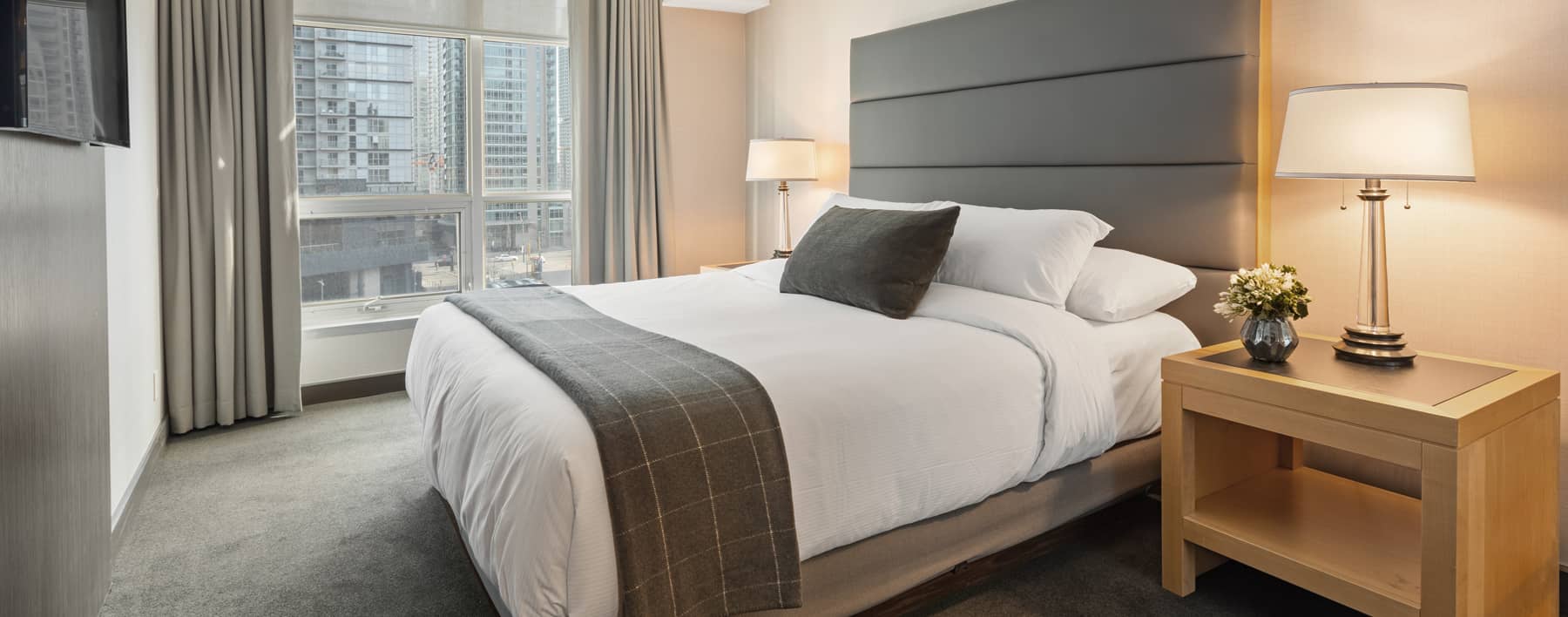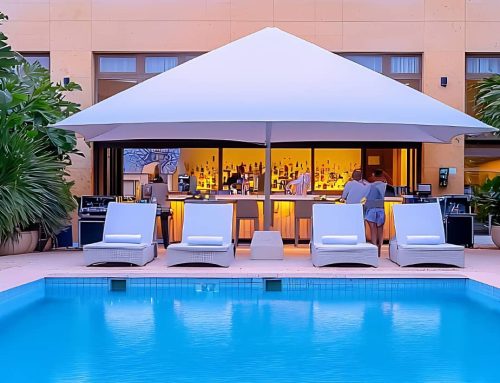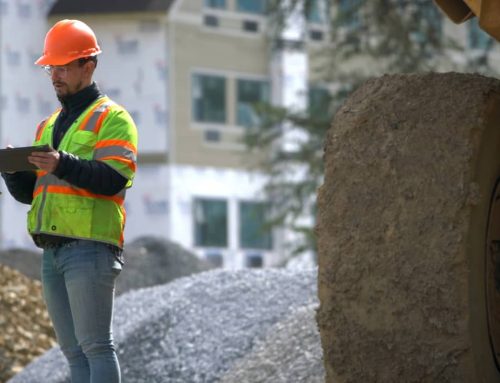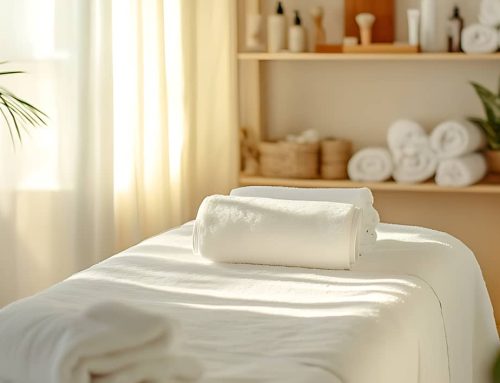All hospitality properties require periodic refreshes and property improvement plans (PIPs) that can demand significant capital investment. While some owners may not look kindly upon the immediate financial implications of a PIP, each one presents an opportunity to reevaluate the hotel or resort and plan for its future profitability.
That’s right: PIPs—when handled correctly—can be positive for hotel owners.
From a strategic standpoint, property improvements are meant to improve guest satisfaction and enhance competitiveness. These improvements are intended to increase market share and drive both occupancy and rates, while reducing fixed expenses. The ultimate goals are to enhance operating profit and asset value. It’s a win-win-win—for guests, owners, and brands.
What is a PIP for Hotels?
A PIP, or property improvement plan, is an action plan designed to bring a hotel property into compliance with the latest brand standards. Basically, it’s a long-term plan to upgrade and improve your hotel to provide customers with the experience they expect. As long as the hotel bears the name of the brand, it is expected to maintain the image of that brand. PIPs are a fairly regular occurrence for hotel owners and often include soft renovations at six years, a hard or more extensive renovation at 12 years, and an extremely large or complete redo of the property at 18 years. Also, any time a hotel property changes ownership a renovation is mandated and a PIP is initiated – although, a change of ownership PIP could be minimal depending on the last renovation cycle.
The goal of a hotel property improvement plan is twofold:
- First, PIPs help global brands maintain a consistent guest experience across properties. More often than not, PIPs are created by brand managers and property owners can typically negotiate a timeline for the required changes.
- Second, these improvements help hotel owners increase the profitability of their properties. By making necessary repairs and modernizing their hotel, owners can better serve guests, gain market share, and generate more revenue
What’s Included in a Hotel PIP
PIPs vary for each brand and individual hotel properties. While older developments may require upgrades to mechanical and electrical systems, newer hotels may only need relatively minor cosmetic changes. These areas of the hotel or resort property may be addressed by a PIP:
- Plumbing, electrical, and mechanical systems
- Elevators and stairways
- Security, safety, and communications systems
- Guest rooms and corridors
- Hotel lobby
- Business centers/meeting spaces
- Fitness centers/swimming pools
- Food, restaurants, dining areas or facilities
- Landscaping
- Interior and exterior lighting
- ADA compliance
In almost all cases, hoteliers can expect to update design elements that are essential to brand standards. Today’s PIPs also account for energy efficiency and operating costs. After all, the goal of these plans is to help owners maximize their hotel’s profitability. Updates to mechanical systems, plumbing systems, electrical systems, and HVAC systems may all be covered in the scope of the PIP. All these practical updates can save hotel owners money in the long run.
What to Expect with a Hotel PIP
It’s always attractive to flip a hotel for a quick profit. However, you and your investors may be more interested in long-term income rather than a quick capital gain. Hoteliers can typically plan for about 8% of revenues over a 10 year period on PIP costs. An owner must decide whether the hotel under its current flag is worth that much money.
PIP renovations are often negotiable. Talking to a team of architects and engineers with hospitality experience will help you quantify the cost of each requirement and identify opportunities for value engineering. Additional questions to consider for success at the negotiating table:
- Does the PIP address real problems or will you end up spending large sums to fix non-existent problems?
- Is your local market so saturated with competitors that the PIP will do little to improve your market share?
- Will projected hotel cash flows pay for the PIP?
- Do you have the right people available to execute an ambitious PIP? If not, can you get them?
And remember, during a PIP you have two options. You can follow the brand PIP to the letter, or you can choose to add a few of your own personal touches that will set your hotel apart from the others. If you choose to include a few of your own ideas, you will also need to have them approved by the franchise owner before implementing them.




